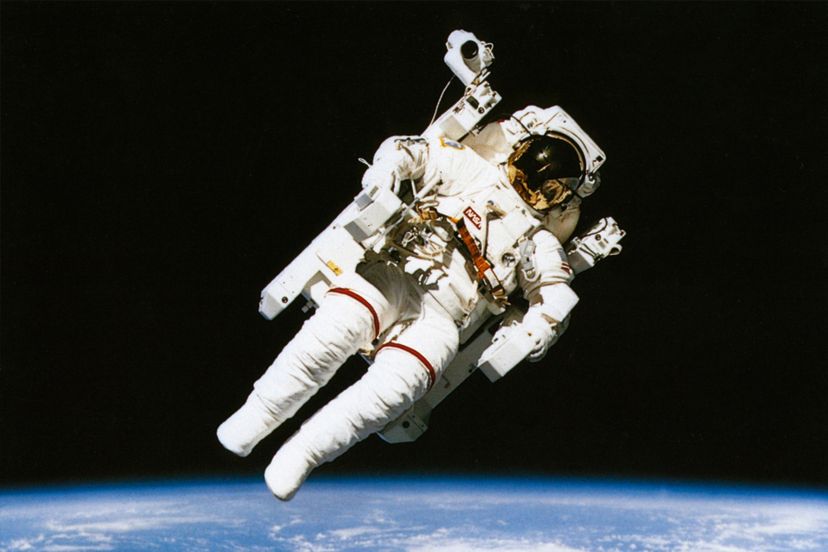
About This Quiz
Astronauts have a reputation for being the brave and skilled few willing to risk their lives by strapping themselves aboard a rocket and blasting into outer space. How much do you know about this dangerous job?The term astronaut was not, in fact, NASA's first choice to refer to men aboard U.S. spacecraft. Program officials preferred Mercury, the messenger of the Roman gods, but the name had already been adopted for the first American manned spaceflight program. They eventually settled on astronaut, which means "sailor among the stars."
Soviet premier Nikita Khrushchev wanted a name that was inspirational and descriptive, and the Russians eventually chose the term cosmonaut to refer to their space travelers. Cosmonaut means "sailor of the universe."
In addition to being under 5 feet, 11 inches tall, astronaut candidates also had to be in a branch of the military, be under the age of 40, hold a bachelor's degree or equivalent in engineering, be a graduate of a test pilot school, and have at least 1,500 hours of flying time logged.
Advertisement
Of the seven men chosen for the Mercury project, only John Glenn came from the U.S. Marines. The other six were divided between the Navy and Air Force, respectively.
Today's NASA astronauts are known as either pilots or mission specialists. Pilots command and pilot shuttles while mission specialists work with pilots to maintain spacecraft and equipment and conduct experiments.
International astronauts come from four agencies that have an agreement with NASA: the European Space Agency (ESA), the Japan Aerospace Exploration Agency (JAXA), the Brazilian Space Agency (AEB) and the Canadian Space Agency (CSA).
Advertisement
When NASA's Houston, Texas facility opened in 1961, it was deemed the Manned Spacecraft Center. The name was changed in 1973 to honor former president and Texas native Lyndon B. Johnson, who died that January.
In addition to swimming three lengths of a 25-meter pool without stopping, and swimming three lengths of the pool in a flight suit and tennis shoes with no time limit, astronaut candidates at the Johnson Space center must also tread water continuously for 10 minutes while wearing a flight suit as part of their basic training. Basic training lasts two years.
The first woman in space was cosmonaut Valentina Tereshkova. She flew aboard Vostok 6, which launched on June 14, 1964. Jerrie Cobb was a First Lady Astronaut Trainee with the Mercury program, and Sally Ride was an American woman astronaut who first traveled in space in 1983.
Advertisement
The official countdown for a shuttle launch begins at the Kennedy Space Center at T-43 hours, three days before liftoff. The extra time is built in to ensure all launch preparations can be completed.